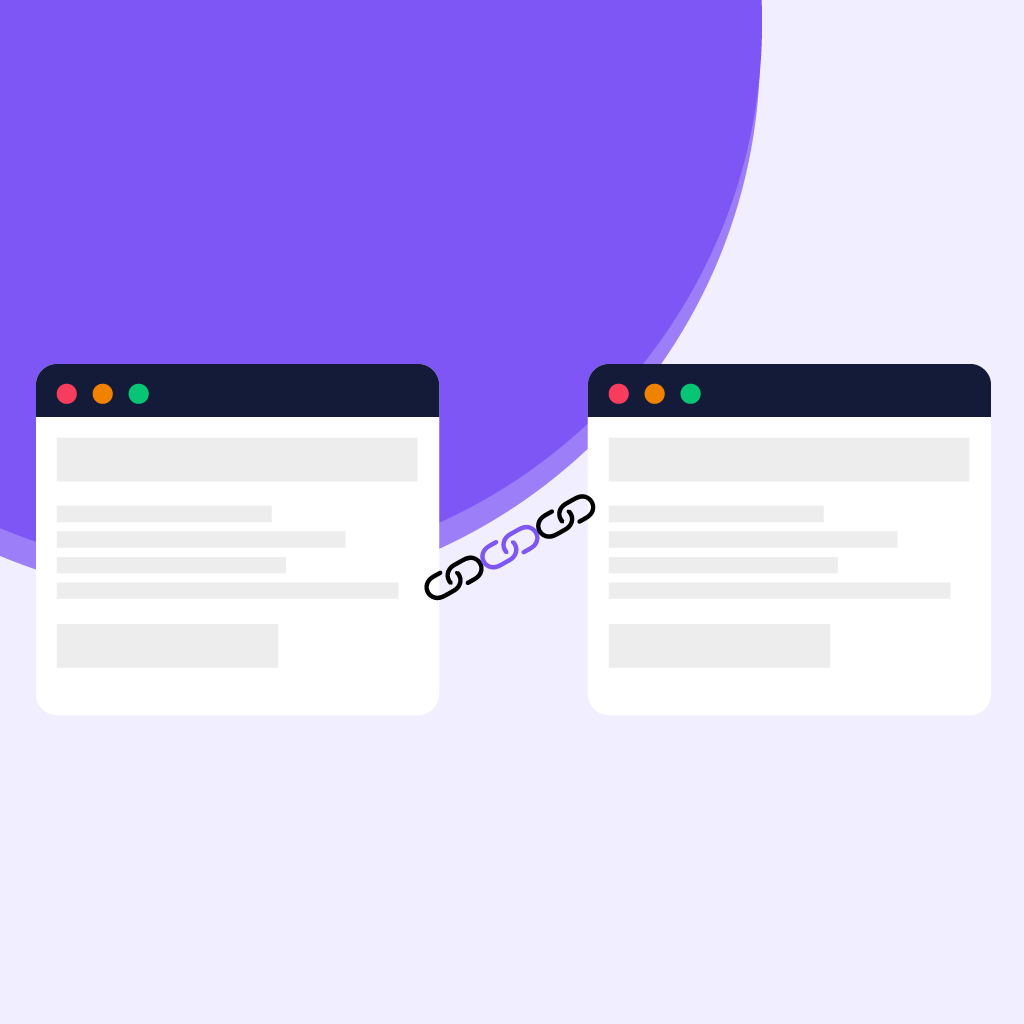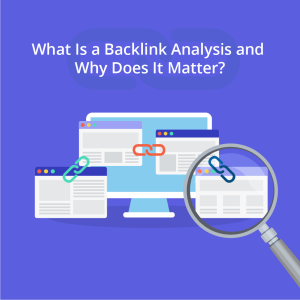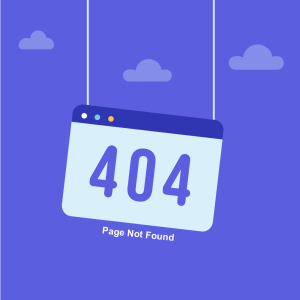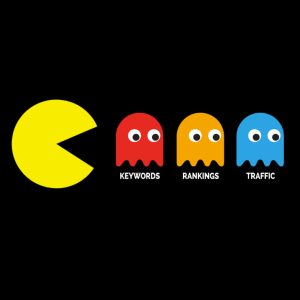Table of Content
Writing a piece of content isn’t the job done in search engine optimization. One has to pay attention to link building and its impact on the website. Link building comes in different ways, whereas internal linking in SEO also means a lot. It plays an outstanding role in improving the online image of your business when you force visitors to stay on your page. The content you create makes them speak about your products and services, so pay attention to your content.
Importance of Content in Search Engine Optimization
Content plays a significant role in improving the image and online presence of a business. Without content, search engine optimization has no existence. Gone are the days when the black hat technique was common that didn’t promote content. However, white hat techniques promoted content strategy and today search engine optimization needs thorough content planning to rank a website.
It brings more traffic to your site and improves the position as per your expectations. To produce better and more effective content, you need to have a strong grip on keywords. The phrases work like a backbone in the optimization process, so adjust keywords in the content for getting good results. Further, you may pay attention to internal linking to interact with your visitors after producing the quality content.
What is Internal Linking?
Internal links are hyperlinks that direct you to another page in the same domain. You keep on reading the attractive and engaging content through an effective internal linking process on the same website. It improves the focus and interest of readers when they have to stay on the same website because of a smart internal linking strategy.
Fortunately, this particular strategy works great for building your audience. You can create links that boost your business no matter if you use the blogging section, home page, or whatever page you want to use.
Why Is Internal Linking Important in SEO?
Internal links are so important in search engine optimization that one has to include them for better optimization. There are so many reasons to plan internal linking in SEO. Let’s find out some benefits and top reasons!
It improves navigation
Website navigation is quite an interesting process that gets the attention of users who search for information. With internal linking, you can navigate your audience in a friendly way that has long-term effects and benefits. Hence, you find the right information at the right time through navigation by including internal links that increase the time you spend on a site. It boosts rankings and Google algorithms appreciate this strategy. You get a chance to maximize your visitors and keep them engaged on your websites for a long time.
It creates a website hierarchy
If you want to create a website hierarchy to improve user experience, you should go for internal linking to make it happen. Internal links not only make your visitors stay on your site, but it provides the information they search for over the web. What is an example of creating a website hierarchy?
If your website has health-related content, you can create connections within the website. You can relate content to create sequence and hierarchy. The best is to make categories and sub-categories to enhance the user experience. It is only for retaining your visitors that work great.
It spreads link juice
Internal links not only create a hierarchy but spreads link juice as well around the website. With this, you see quick improvement in the rankings that improve the performance of your website. Google crawls your content when you create internal links on your website. The indexing becomes easier and improves organic search results. It is how you increase the value of your website when you see a rapid improvement in the positions of your keywords.
It reduces the bounce rate
Web owners and experts are always worried about the bounce rate that increases because of a lack of quality content and links. Thankfully, internal linking reduces the bounce rate that ultimately boosts your rankings when you make visitors stay due to a good internal linking strategy.
It decreases the bounce rate up to 70% and allows users to stay for a long time. Hence, your website opens up once the visitors that leave a good impact on search engines. It is not good for your business when visitors come and leave in seconds. It reduces the ranking of your site, so use quality internal links to make them stay.
Increase page views
Internal linking not only reduces bounce rate, but it increases page views. You get more views on pages because of a perfect link-building strategy, especially internal links. With this, you improve navigation and allow users to stay for a long time. Content should be readable and come with appropriate internal links to increase page views. If you want to boost rankings on SERPs, then try this technique for better reach.
Convert visitors into leads
Internal linking has many benefits for a webmaster. It’s a strategy that converts visitors into conversions. You always have a chance to convert visitors into leads by doing effective internal linking, especially by writing blogs. The visitors who read blogs and articles love to stay on your website and spend quality time reading posts. They open various articles just because of the internal links you add to grab their attention. High-converting pages improve the online visibility of your website and generate more leads.
The Best Techniques you follow for Internal Linking
If you are searching for the best techniques for internal linking, we’ve got you covered with some best practices to make a difference. Here are some best practices you should follow!
Use catchy anchor text
If you want to manage internal links, you may use descriptive and catchy anchor text to create attraction for your audience. The phrases matter for the audience, as these are the words that visitors click on the site. It is highlighted text that you make prominent for the visitors.
Internal links should come in the descriptive form to educate the audience. The visitors should not distract when clicking on the links. Keep this in mind for growing your audience through an internal links strategy!
Create an attractive crawlable link structure
After you create descriptive anchor text that gets the attention of the audience, you must also create an attractive crawlable link structure that one should not ignore at all. It helps search engine bots index pages easily and quickly.
Website link structure is what you need to create an attraction for the visitors. It also improves the indexing process and allows readers to read informative content through a linking strategy. For sure, it boosts ranking and makes you feel satisfied.
Use follow links
If you are worried about making a strategy, use follow-links to make a difference. It helps users to stay on the web pages when they discover pages after going through the content. Follow links produce effective results for your campaign when you focus on content marketing strategy.
Produce quality content
Internal links also require quality content when you are serious about ranking a website. Search engines always rank quality content, so you need to produce quality content to improve things quickly. It helps in indexing and makes your visitors stay for a long time on your site. Therefore, content is an important tool for driving more traffic.
Use natural links for internal linking
Another important thing is to use natural links to attract your readers whenever you follow an internal linking process. Your target is to make readers click on the link, so always use catchy anchor text and natural links. Of course, your target is to create web pages that get the attention of potential visitors.
Use a reasonable number of links
Another thing is to use a reasonable number of links to make things attractive to the readers. Furthermore, you can drive traffic to your web pages through an effective internal linking process. Avoid creating too many links on your website, as it leaves a negative impression on visitors.
Don’t create more than 100 links, as reasonable numbers of links are easier to crawl and rank. Don’t complicate the process for search engine spiders.
Conclusion
Conclusively, internal linking is beneficial for improving your website’s rankings. Your keywords appear on SERPs when you generate decent links. Quality content is crucial, but a number of links and following the natural linking process makes sense. Moreover, a crawlable link structure is what you need to generate links for readers.






